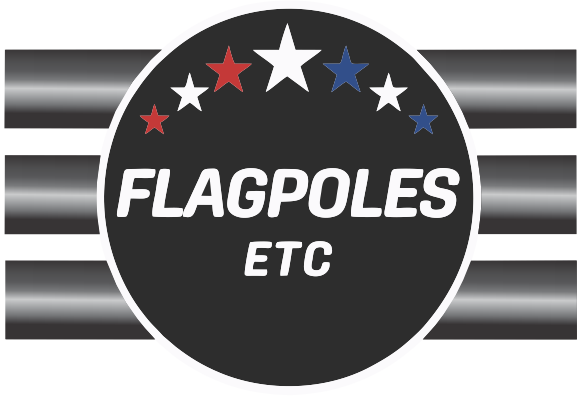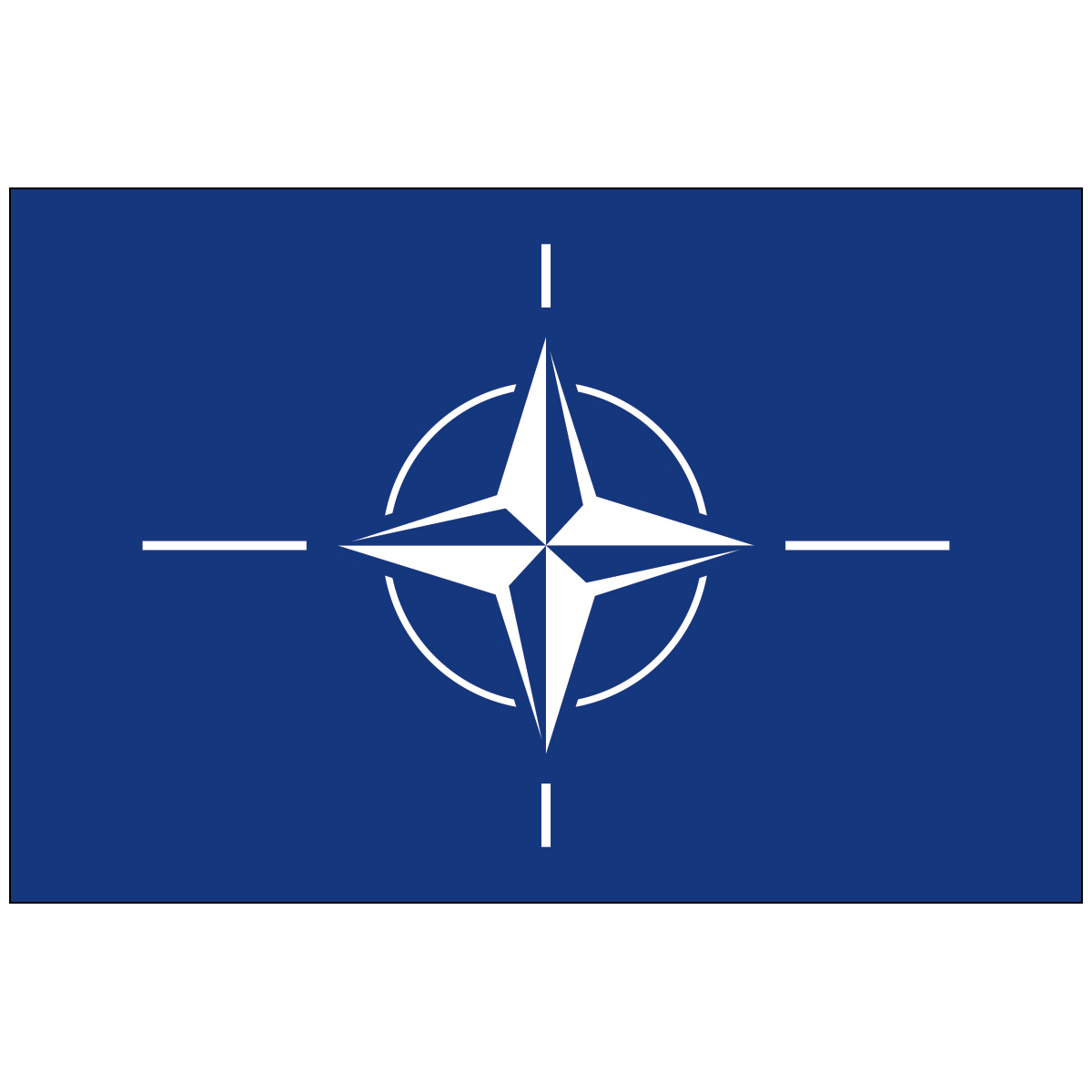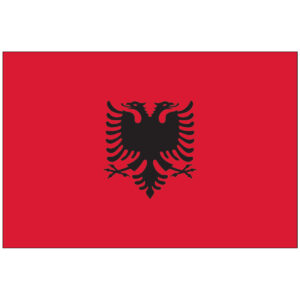About Our Nato Nylon Flag
t was important to adopt an emblem that was acceptable to all the NATO members and reflected the values of the Alliance. Many designs of an emblem had been submitted, among them a silver shield with 14 stars. The shield symbolized defence and protection, the two blue stripes represented the Atlantic and the 14 stars signified the 14 then-members of NATO. But this design would require alteration of the emblem each time new members joined the Alliance. Ultimately, none of the proposed designs were retained. The North Atlantic Council outlined guidance for selecting a NATO emblem to use on a flag. The emblem needed to be simple and striking in design. It also needed to illustrate the community of traditions and ideals which united the members of the North Atlantic community. Lastly, the emblem had to "bring home the peaceful purpose of the North Atlantic Treaty." After much uncertainty in a design, a NATO emblem was finally adopted on 14 October 1953. The North Atlantic Council "approved a flag for NATO, the design of which was a white and blue compass on a dark blue background." Shortly after, on 28 October 1953, NATO Secretary General Lord Ismay announced that the North Atlantic Council had adopted a design for the official NATO emblem. He explained that the symbolism of the emblem could be described as "a four-pointed star representing the compass that keeps us on the right road, the path of peace, and a circle representing the unity that binds together the 14 countries of NATO." The blue background represented the Atlantic Ocean and the circle symbolized unity.




